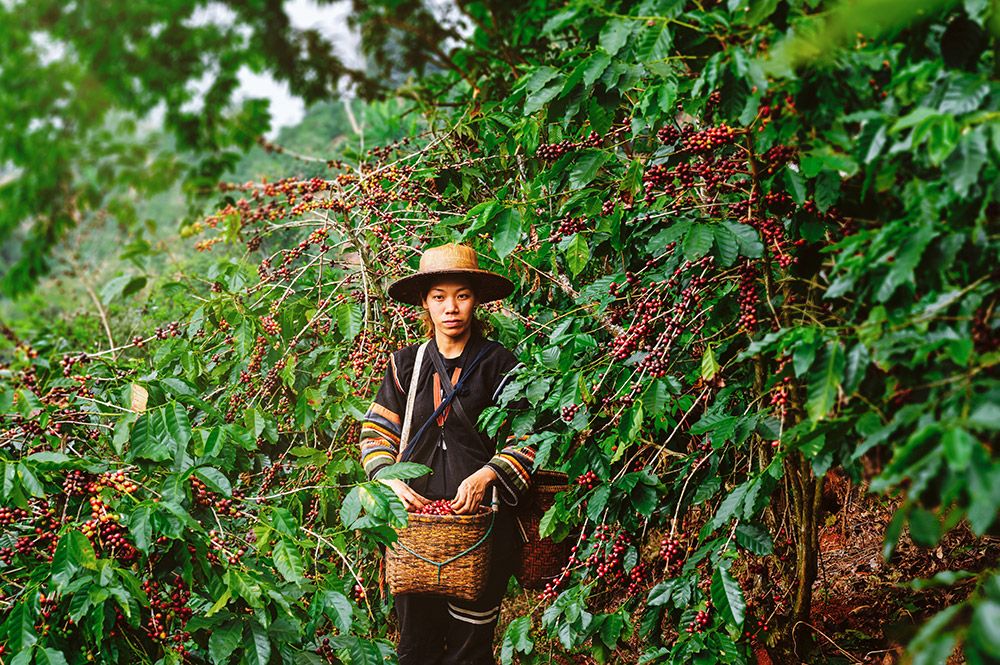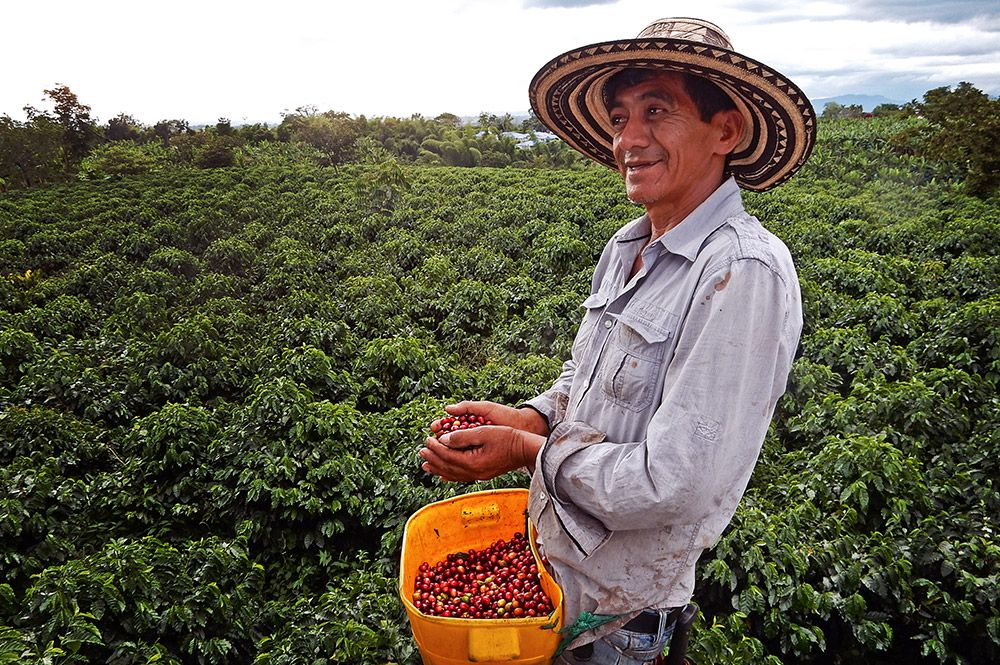From the bean to the cup:
Slow roasting and air cooling
SLOW ROASTiNG AND AIR COOLING
A perfect espresso, obviously!
Don’t be surprised if it’s perfect!
Even though this is not an exact science, only when you get passion and knowledge you’ll be able to offer an excellent coffee!
Nik Cafè blends have a secret recipe made of:
- Careful research and selection of raw materials;
- Import the best coffee directly from the native countries;
- Exclusive blends;
- Slow roasting, in accordance with the best tradiction;
- Natural air cooling;
- Innovative packaging;
- Passion for our product
The Roasting process is the alchemy which changes and mixes remaining magic and secretive.
It gives the unmistakable aroma and the typical taste of the brew universally acknowledged as ” coffee ”, which makes it unique and essential for billions of people worldwide.Taking a step back to modern alchemy, the roasting process is one of the essential phases in coffee production. In addition to making green coffee edible, gives the aromatic and organoleptic profile to each coffee blend.
During roasting process, by heating beans, transformatons take place which form and develop a mix of aromas and components.
Roasting is the process in which coffee beans are heated up increasing in accordance with specific parameters, time and temperature. In the traditional roasting process, beans are placed in a rotating drum and be subject to heat source which gradually increase, with temperatures between 200-230 °C for 12-15 ( sometimes up to 20 ) minutes.
- 100°C beans dry up and begins to brown. Roasting aromasc are in the air.
- Over 150-180°C beans gain volume, getting bigger and bright. At this stage they are golden brown.
- 200-230°C roasting process reached the perfect temperature, beans lost weight, getting crumbly and darker. Coffee gets its own aroma. Beans start releasing CO2, a process that will continue for days after roasting.
- The hottest roastings can reach temperatures up to 240 °C, as beyond cofee beans start to burn. By extending the roasting time, we move the balance between acidity and bitterness. If the time gets too long, volatile aromas deteriorate, impoverishing coffee.
That’s why, once it’s pulled out from roaster it needs to be cooled down very quickly.
Air cooling is as important as roasting process, as it preserves aromas and coffee itself as well. The process by convection ensures even heat disribution to beans, as a result a better roasting both inside and outside. Moreover, a proper transfer of heating during the whole roasting process makes chemical reactions easier ( for example,Mailard’s reaction about trasformation of sugar).
Slowness in the traditional process is considered the only way to enhance refined taste of superior quality coffee blends.It takes time to get refined aromas. And coffee is no exception.
If coffee is roasted rapidly, the best aromas will be lost.
If coffee is not left to stand after roasting, the best aromas will be lost.
That’s a rule.
Where does our coffee come from
























